2012 Harley-Davidson Dyna Super Glide Custom Review - Motorcycle.com
The name Super Glide has been a part of Harley-Davidson’s vocabulary for 41 years. While not a model continuously in the lineup since the first SG – penned by Willie G. Davidson – was introduced in 1971, the name Super Glide has surfaced on and off over the years.
In 2012 the Super Glide Custom continues the tradition of representing the core product from the Milwaukee company: a cruiser that sticks to classic Harley styling, has a low seat height matched with an easy-going ergonomic fit and is powered by a 45-degree, air-cooled, pushrod big-bore V-Twin. The Super Glide Custom, in many ways, is Harley-Davidson.
The SGC perpetuates the Super Glide lineage but brings that lineage into the 21st century with conveniences like fuel injection, which offers precise throttle response, and electric start – a far cry from the original Super Glide’s kickstart-only method of firing up its Big Twin.
As part of the Dyna line, the SGC enjoys other modern subtleties like the latest generation Harley switchgear, now with a new, ergonomically friendly shape for the buttons and switches that operate with a soft toggle rather than the distinct on or off position of previous switchgear. A flash-to-pass high-beam button is integrated into the headlight switch, while a gear-position indicator and RPM readout are now part of the LCD inset in the tank-mounted instruments.
The SGC even boasts self-cancelling turn signals. Scoff if you like at something seemingly so insignificant, but to this day there are a number of high-tech, high-performance motorcycles on the market that for some reason continue to exist without the lowly self-cancelling signal.
A new ECU and advanced electrical system not only reduce the amount of wiring necessary on the S’Glide, but are also capable of handling faster processing speeds for things like ABS that is now available only as part of the optional Security Package ($1195). For 2012 Harley made updates specific to ABS on Dynas by way of reduced dimensions for a single electro-hydraulic control unit. Expanded diagnostics capability for the system means Harley could use one control module for both the front and rear brakes rather than separate units for each brake set.
Another available upgrade for 2012 is Harley’s new tubeless Chrome Profile laced (spoke) wheels.
From a distance the wheels look like any other spoke hoops, but viewed up close you’ll note their generous width and seamless edge that blends perfectly with the Michelin Scorcher tires. The chrome finish on the wheel rim is lustrous and gleaming, giving them a liquid metal appearance.
Our only gripe with the wheels is the regrettable location of the tire-balancing wheel weights. On our test unit the weights were fitted directly to the rim, sticking out like a sore thumb on the otherwise classy appeal of these gorgeous rims. We would’ve preferred instead to see a spoke-mounted type of wheel weight.
A Classic Harley Look, and Ride
Straddling the Super Glide Custom is a snap thanks to its notably low 26.5-inch seat height that should allow almost everyone of at least average height and inseam to securely plant both boots flat.
The short-ish reach to the buckhorn style handlebar is a welcome ergo quality, however, also short is the seat-to-peg distance. Some riders might appreciate the peg/seat relation, but the mid-control placement of the round rubber pegs exacerbates that short distance and at times creates an odd feeling, as though your knees are riding higher than they should.
Editor Duke, Troy Siahaan and myself all measure in around 5 feet 8 inches, while new-ish guy, Tom Roderick, is close to a dashing six-feet tall. No surprise that Tom found the SGC’s peg placement unappealing, but the rest of us average fellas were equally disappointed with the cramped quarters created by the pegs’ location.
Another area where the Custom gets short is in rear suspension travel, just 3.1 inches. “Even my minimal weight caused the shocks to bottom over larger bumps,” notes Kevin. When the road surface is mostly in good repair, the SGC is a smooth ride. Another unfortunate byproduct of a low ride is limited lean angle. Harley claims 29.5 degrees of lean for the right side, with 30.9 degrees for the left.
Augering the left-side rubber footpeg into the asphalt isn’t overly intimidating if you’ve scrapped a peg or two in your day, but trying to turn to the right with same degree of confidence will quickly result in the disconcerting sound of hard parts on tarmac.
A hose clamp holding the lower muffler’s heat shield in place gets shaved down to near nothingness. On our bike the clamp is now rendered useless as the screw head is all but disintegrated, and even the lower muffler itself is showing signs of minor contact with the road. This isn’t necessarily a new phenomenon on Harley models with limited suspension travel and low seat heights; but we nevertheless mention the tendency toward early touch down as friendly caveat.
The SG Custom’s Twin Cam 96 (1584cc) is the center of attention on this Harley. A run on Gene Thomason Racing’s dyno saw a best result of 64.5 hp at 5000 rpm and a healthy 81.8 ft-lb at 3250 rpm. The SG’s claimed curb weight of 679 pounds, while not feathery, contributes to the TC96 feeling more spirited than what the dyno indicates. The 1597cc Triumph Thunderbird, while more powerful than the SGC, tips in at a plump 746 pounds ready-to-ride.
In the Dyna line the TC96 is rubber-mounted, which means there’s a whole lotta shakin’ goin’ on, “especially at idle and during compression braking,” states Kevin. Once under power the Big Twin smoothes out considerably, particularly at cruising speeds, but Tom still detected vibration at various points in the rev range depending on gear selection.
We applaud Harley for implementing ABS across much of its product line, either as standard equipment or part of an options package – few cruiser makers have made this bold leap. The system’s presence is wonderfully absent to the eye, save for a small telltale cable leading up from each wheel hub. And while not the least intrusive ABS available, the system does function adequately. Unfortunately, brake performance from the single disc and caliper up front is merely lackluster.
“I felt like I had to clamp on the front brake lever pretty hard to slow the bike down,” remarks masterful rider Troy. “Braking power is actually decent, but like the rear brake, I could use a little more feel from the system.”
The Heart of a Big Twin Harley at a Surprising Value
The Super Glide Custom isn’t without its faults, but with some creative shopping in the aftermarket a number of the bike’s drawbacks are within the everyman’s grasp to remedy. H-D’s Twin Cam 103 has supplanted the TC96 as the standard issue Big Boy for a number of Harleys in 2012, but the 96-incher powering the Super Glide Custom is still an iconic large-displacement American V-Twin.
While the Super Glide custom is, thankfully, light years removed from the original Super Glide, it still encompasses the spirit and essence of Harley-Davidson’s iconic Big Twin heritage. If you’re looking for the model that represents the core of a Harley, you can have the 2012 SGC starting at $12,999.
Related Reading
2012 Harley-Davidson Models Updates
2012 Harley-Davidson Dyna Switchback Review
2012 Harley-Davidson CVO Models Review
2010 Harley-Davidson Dyna Wide Glide Review
2011 Harley-Davidson Softail Blackline Review
All Things Cruiser on Motorcycle.com
All Things Harley-Davidson on Motorcycle.com
More by Pete Brissette










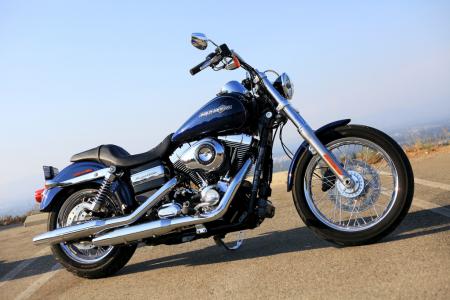









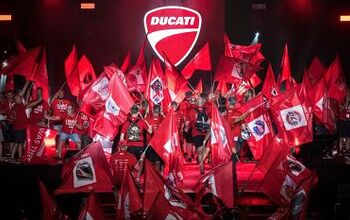
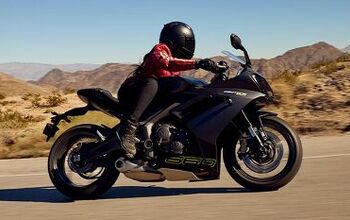








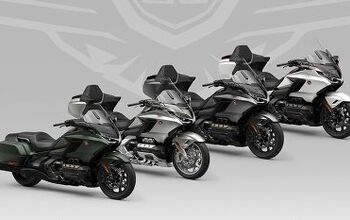

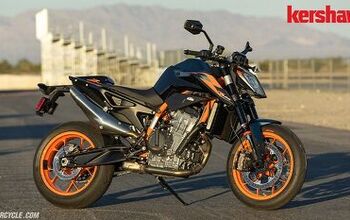

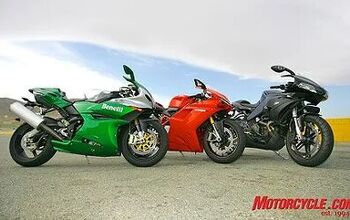
Comments
Join the conversation